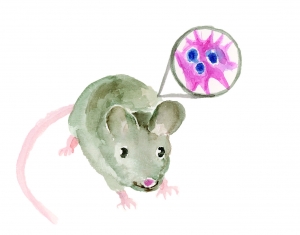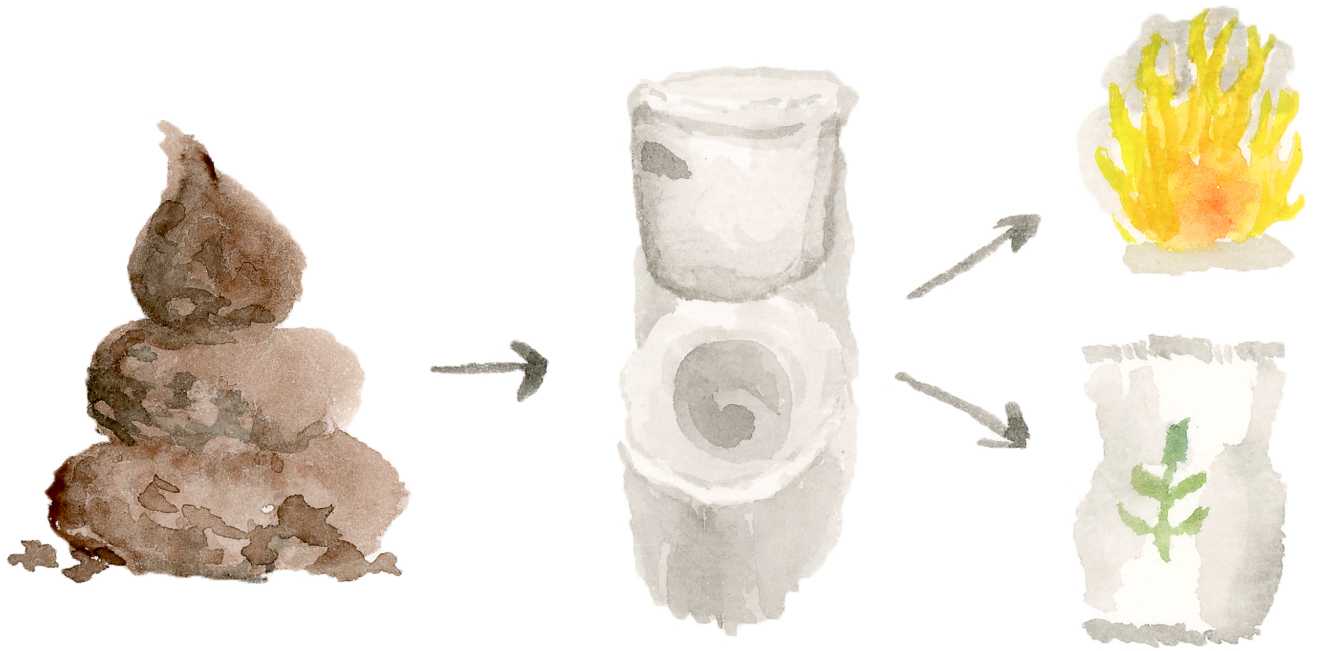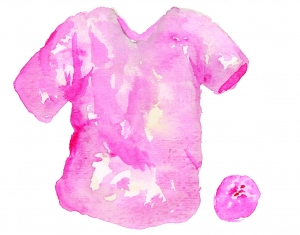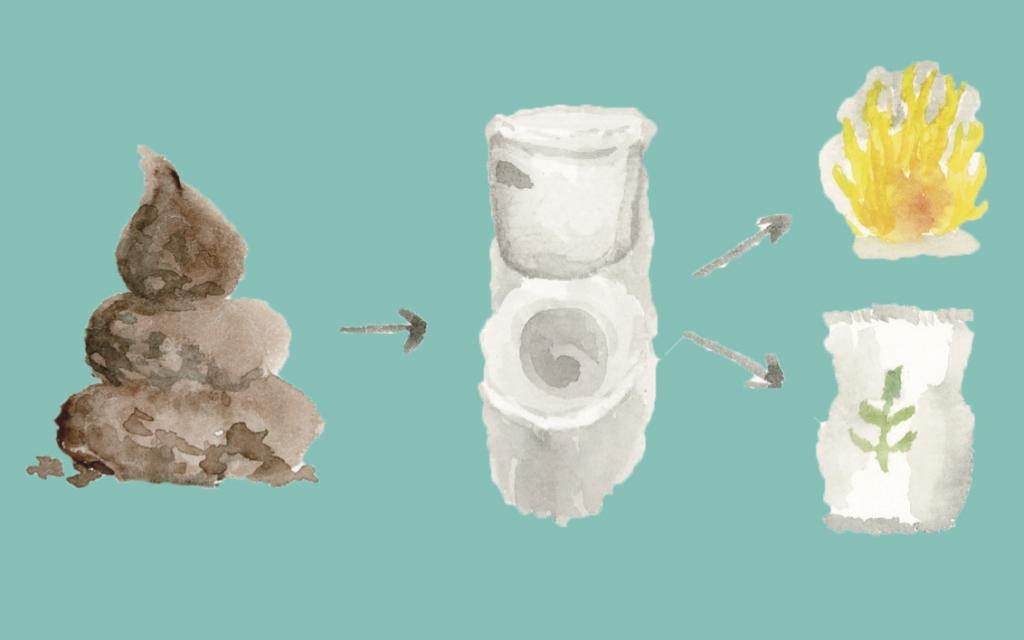When most people hear the word “bacteria,” they picture germs and disease. These microorganisms, however, have been evolving for billions of years. It only makes sense that they have some tricks up their sleeves. With short generations, bacteria can evolve far faster than humans can. They can share adaptations with other living bacteria rather than simply passing genes down. They adapt to antibiotics. They can communicate through chemical signals. All life on Earth may have evolved from them. While some bacteria can be dangerous to us, we rely on others to survive: without bacteria in our bodies, we would be unable to digest food. Bacteria obviously do not care whether or not they are helping us, but we should because they are the way of the future. Here are some of the groundbreaking ways bacteria are helping humans innovate.
 Cancer
Cancer
It is responsible for nearly 17% of deaths worldwide, according to the World Health Organization. Many tumors hide from the immune system using a CD47 protein. Tumors can also provide safe harbors for bacteria to grow, according to Columbia Engineering News. By taking advantage of this, Columbia University professor Tal Danino found that E. coli bacteria injections can be used to fight aggressive colon cancer in mice. Benign E. coli were genetically engineered to manufacture nanobodies that disable the CD47 “nametags,” and then self-destruct. The bacterial remnants attract the attention of the immune system, which attacks unveiled cancer cells. Using a bacterial Trojan Horse, researchers cleared the way for long-term survival in the mice, according to Nature Medicine Journal.
 Fuel
Fuel
Lung disease from cooking over open wood fire, unnecessary deforestation and resulting soil erosion, fossil fuel-intensive fertilizer production and a lack of access to clean bathroom facilities: What do all of these worldwide problems have in common? One bacteria-based solution could provide the resources to address them all. After over a decade of prototyping, the Israeli company Homebiogas developed a low-maintenance off-grid biogas toilet. It uses bacteria to anaerobically digest human waste and food waste into clean-burning renewable biogas fuel and nutrient-dense fertilizer. For families that rely on women and children to collect firewood, the biogas toilet could free up precious time. With the technology ready for deployment, all that is needed next is the money and transportation to bring this to people who need it.
 Clothing
Clothing
The World Bank found that nearly 20% of industrial water pollution comes from dying and treating textiles. Material scientist and designer Natsai Audrey Chieza noticed that Streptomyces coelicolor bacteria produced vibrant pink, purple and blue pigment as it colonized a petri dish. Chieza found that with coelicolor, a T-shirt can be dyed with only one fifth of a liter of water: less than one cup. This is in comparison to the 2,700 liters of fresh water it takes to create one cotton T-shirt according to the World Wildlife Fund. Through folding, twisting, submerging, spraying and other changes to the conditions in which the coelicolor grows, organic patterns, solid color and even regular repeating patterns can be created. With coelicolor, clothing could be dyed without artificial chemicals or the dependence on petroleum. Bacteria could be the stepping stones in a path to a future of more sustainable fashions.
CRISPR
Whether we know genetic engineering as Prometheus’ fire, the next nuclear weapon or an overhyped fad, we have all heard of its potential to impact society. Cas9 proteins are one tool that enables genetic engineering. Would you be surprised to learn that CRISPR Cas9, too, was first developed by bacteria? Scientists discovered CRISPR Cas9 genetic engineering by repurposing a system that bacteria engineered millions of years ago to fight viral infection. As a single-celled organism, a single virus can be deadly for a bacterium. Bacteria record snippets of viral DNA in a stretch of genetic code called CRISPR. Proteins called Cas9 “search” for matches to these snippets. When a virus injects its DNA into the cell, the Cas9 protein cuts the DNA of the match, rendering the viral code incomprehensible and harmless. If not for the study of bacteria, we never would have found CRISPR Cas9.
Related Stories
Quizzical Kayla: Exploring the hidden sugars in bubble tea
Quizzical Kayla: Plastic by the numbers
Landscapes through a lens: Exploring the wonders of Yellowstone




